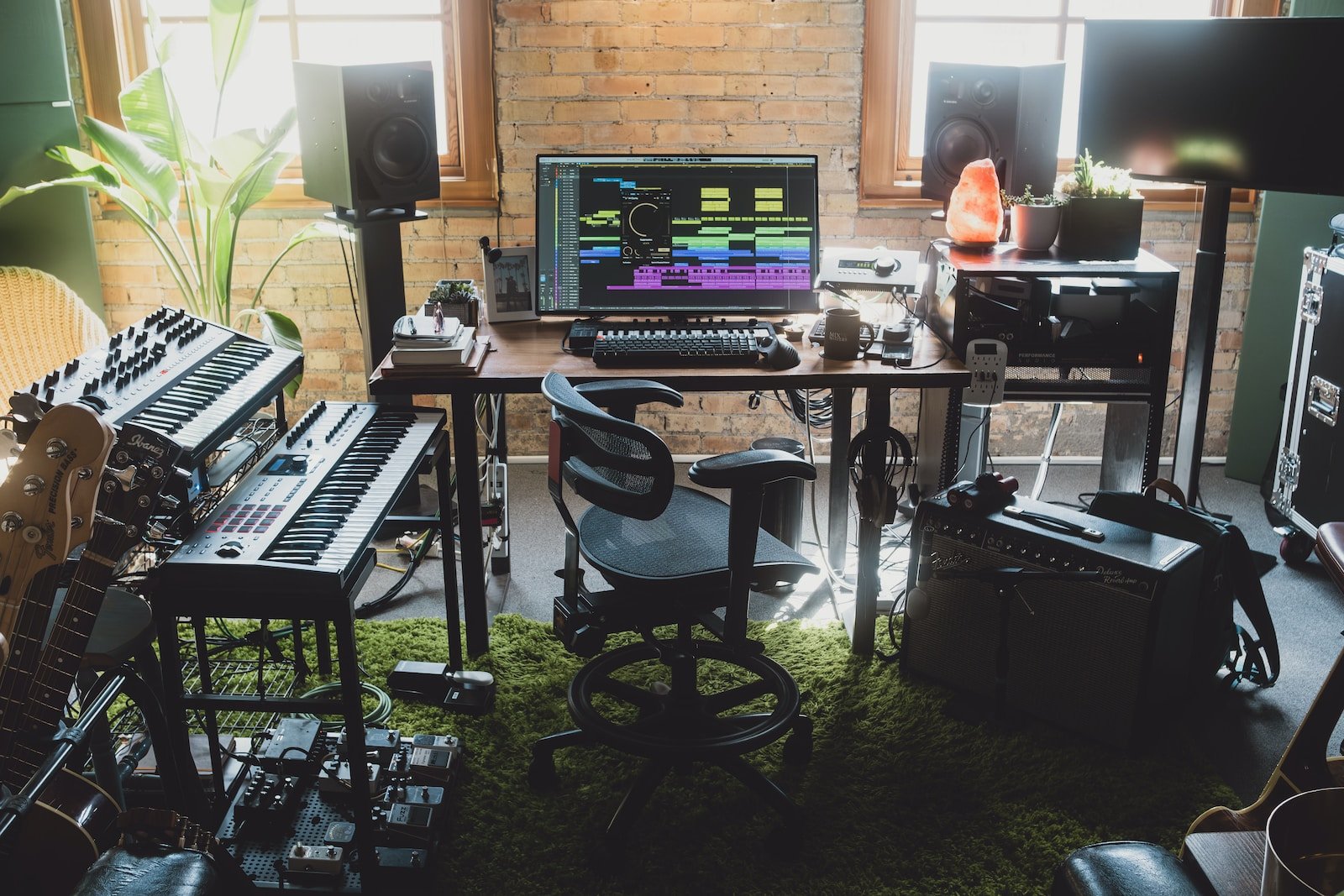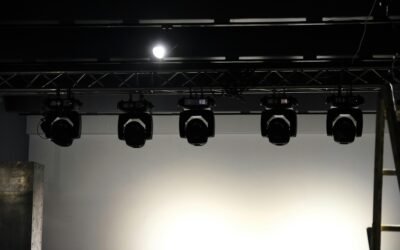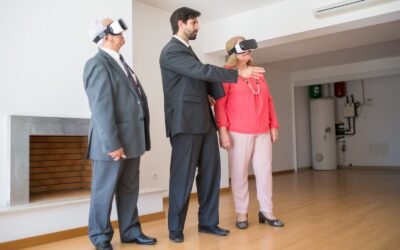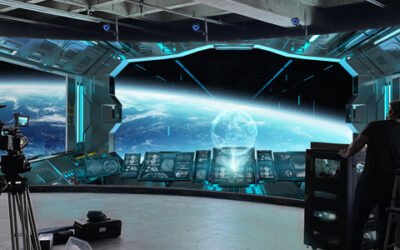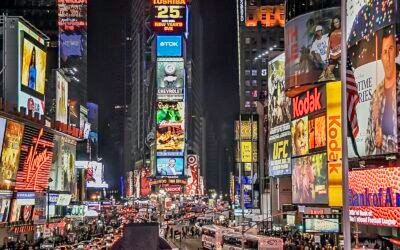If you are a Musicians, singers, producers, podcasters, voice-over artists, and audio engineers or an enthusiast who are interested in producing high-quality audio recordings, it is now the best time to consider building your own recording studio at home.
Home studios have gained popularity and are increasingly replacing conventional studios for several reasons:
- Cost-Effectiveness: Building a home studio can be more affordable compared to renting or booking time at a conventional studio. The cost of equipment has significantly decreased in recent years, making it more accessible for individuals to invest in their own setup.
- Convenience and Accessibility: With a home studio, you have the convenience of recording whenever you want without the need to adhere to studio booking schedules. It allows for greater flexibility and the ability to work at your own pace.
- Comfortable Environment: Being in a familiar and comfortable environment like your own home can enhance creativity and performance. Artists often feel more relaxed and can achieve better results when they can record in a comfortable and familiar space.
- Creative Control: Having your own studio gives you complete creative control over your recordings. You can experiment with different techniques, sounds, and arrangements without time constraints. You have the freedom to try out new ideas and make revisions easily.
- Learning Opportunities: Operating your own home studio provides an excellent opportunity for learning and honing your recording and production skills. You can experiment with different techniques, explore various software and equipment, and develop your own workflow.
- Collaborative Possibilities: Home studios enable remote collaboration with musicians and producers from anywhere in the world. With advancements in technology, it’s easier than ever to share files, work on projects together, and exchange ideas online.
- Privacy and Focus: Some artists prefer the privacy and solitude of a home studio. Working in a controlled and isolated environment allows for better focus and concentration, reducing distractions that can arise in a shared studio space.
- Long-Term Investment: Building a home studio is a long-term investment. You have the freedom to upgrade or expand your equipment gradually over time as your budget allows. It offers the potential for continuous improvement and growth.
What you need
Setting up a professional recording studio at home requires several essential components and equipment. The specific requirements may vary depending on your specific needs and budget, but here are some fundamental elements:
- Room and Acoustics: Choose a suitable room with enough space to accommodate your equipment and soundproofing or acoustic treatment to minimize external noise and optimize sound quality. Consider using bass traps, diffusers, absorbers, and acoustic panels.
- Computer: A powerful computer with sufficient processing power, storage, and memory is essential. Mac or Windows systems are commonly used, depending on your preferences and compatibility with recording software.
- Digital Audio Workstation (DAW): A DAW is software used for recording, editing, and mixing audio. Popular options include Pro Tools, Logic Pro X, Ableton Live, and Cubase. Choose a DAW that suits your workflow and preferences.
- Audio Interface: An audio interface connects your microphones, instruments, and other audio gear to your computer. Look for an interface with good preamps, low latency, and enough inputs and outputs to accommodate your recording needs.
- Microphones: Invest in high-quality microphones suitable for different purposes. Condenser microphones are commonly used for vocals and acoustic instruments, while dynamic microphones are ideal for live performances and louder sources.
- Headphones and Monitors: A pair of studio-quality headphones for detailed listening and reference monitors (studio speakers) are necessary to accurately assess your recordings and mixes. Look for flat response and good sound reproduction.
- Cables and Stands: Ensure you have high-quality cables to connect your gear, including XLR cables for microphones, instrument cables, and patch cables for your audio interface. Stands for microphones, instruments, and speakers are also essential.
- MIDI Controller: If you work with virtual instruments or synthesizers, a MIDI controller allows you to play and control them more intuitively.
- Studio Furniture: Invest in suitable studio furniture such as a desk, chair, equipment racks, and storage solutions to keep your space organized and comfortable.
- Other Accessories: Pop filters, shock mounts, reflection filters, and soundproofing materials like bass traps and diffusers can further enhance your recording environment and improve audio quality.
With the latest innovation of acoustic booth, you now have an option to easily separate production and mixing room for cleaner live take.

